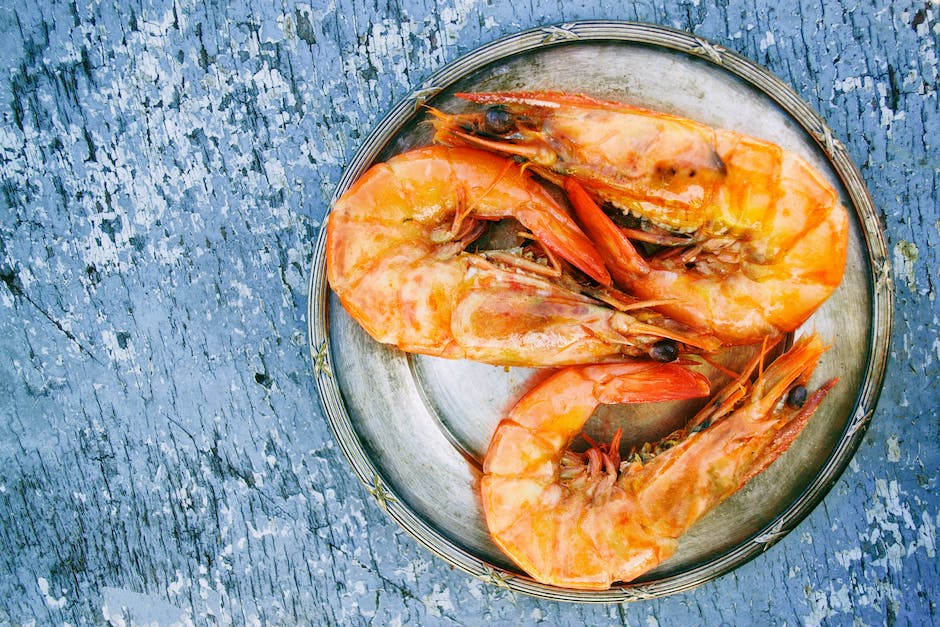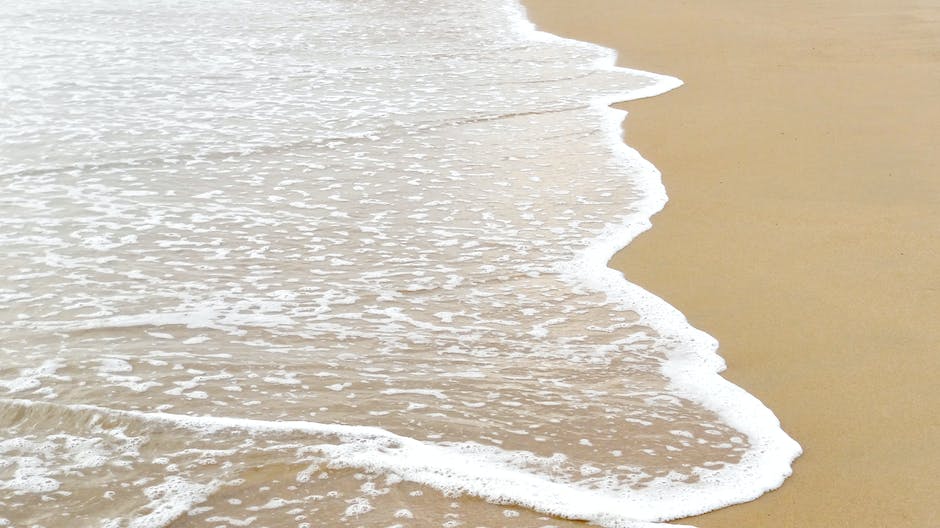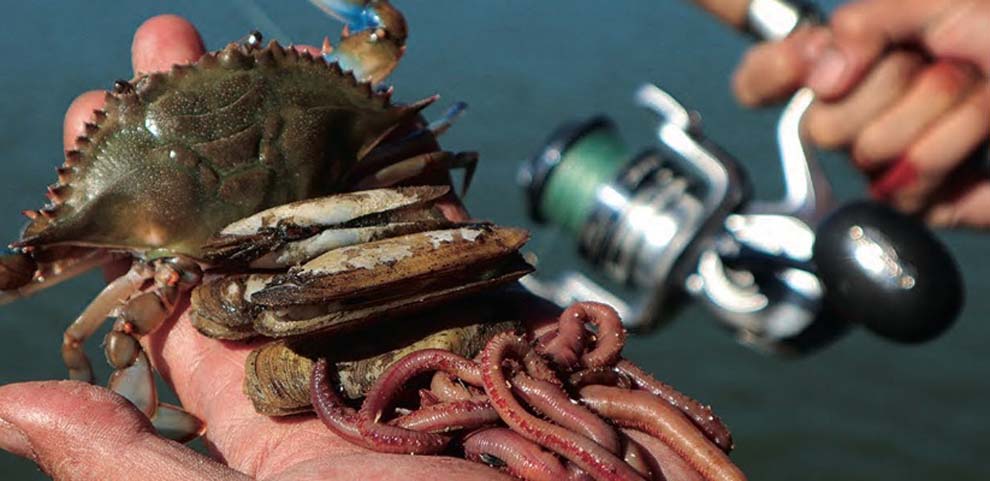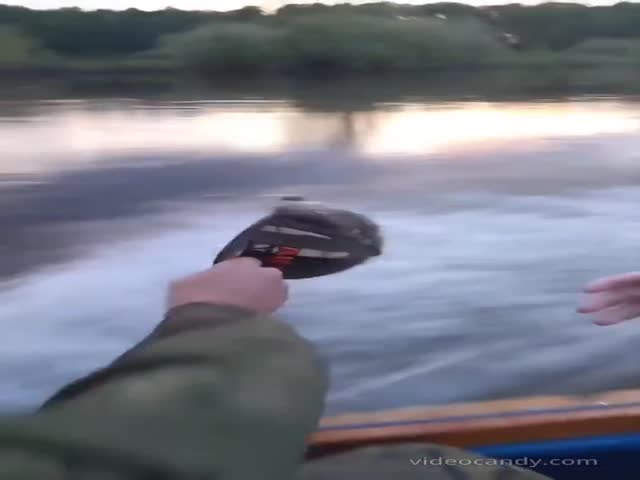
Crustacean Conservation: The Science Behind Sustainable Wild Crab Fishing
Crabs are a popular seafood delicacy enjoyed by many around the world. However, overfishing and unsustainable fishing practices have led to a decline in crab populations in many areas. This is where crustacean conservation comes in. By using science-based approaches, sustainable wild crab fishing can be achieved, ensuring that crab populations are protected for future generations.
One of the key aspects of crustacean conservation is understanding the biology and behavior of crabs. This includes their reproductive patterns, migration routes, and habitat preferences. By studying these factors, scientists can determine the best fishing practices to minimize the impact on crab populations. For example, fishing during certain times of the year when crabs are not reproducing or avoiding areas where crabs congregate during their migration can help prevent overfishing.
Another important aspect of sustainable crab fishing is the use of appropriate fishing gear. Traditional crab traps can be harmful to other marine life, such as sea turtles and dolphins, which can become entangled in the traps. By using modified traps with escape hatches or using alternative fishing methods, such as hand harvesting, the impact on other marine life can be minimized.
Regulations and policies also play a crucial role in crustacean conservation. Governments can establish quotas and fishing seasons to limit the amount of crabs that can be harvested and ensure that fishing practices are sustainable. By enforcing these regulations and monitoring fishing activity, illegal and unsustainable fishing practices can be prevented.
Consumers also have a role to play in crustacean conservation. By choosing to purchase sustainably sourced crab products, consumers can support sustainable fishing practices and help protect crab populations. Look for certifications such as the Marine Stewardship Council (MSC) or the Aquaculture Stewardship Council (ASC), which indicate that the product has been sourced sustainably.
Overall, crustacean conservation is essential for the long-term sustainability of wild crab fishing. By using science-based approaches, appropriate fishing gear, and regulations and policies, we can ensure that crab populations are protected for future generations. As consumers, we can also play a role in supporting sustainable fishing practices by choosing to purchase sustainably sourced crab products. By working together, we can help protect our oceans and the creatures that call them home.
Popular Blog Posts
Latest News
About our Website
Step right into Wild-Crab, where the crabby seas meet the kitchen. No matter if you're an avid crab hunter or a culinary connoisseur of crab delicacies, we've got your back. Our ambition is to spread the elation and thrill of crabbing to every kitchen and fishing boat out there.
Looking to excel in the fine art of crab hunting or create a mouth-watering crab cuisine in the comfort of your own kitchen? You're in luck! Our recipe compendium is specially crafted to cater to both seasoned crabbers and culinary rookies. Our detailed instructions are easy to follow and designed to propel your crabbing prowess to new heights, whether you're standing on the sandy shores or stirring up a culinary masterpiece in the kitchen.
Resources
Quote of the Day
"If an architect makes a mistake, he grows ivy to cover it. If a doctor makes a mistake, he covers it with soil. If a cook makes a mistake, he covers it with some sauce and says it is a new recipe."
– Paul Bocuse






